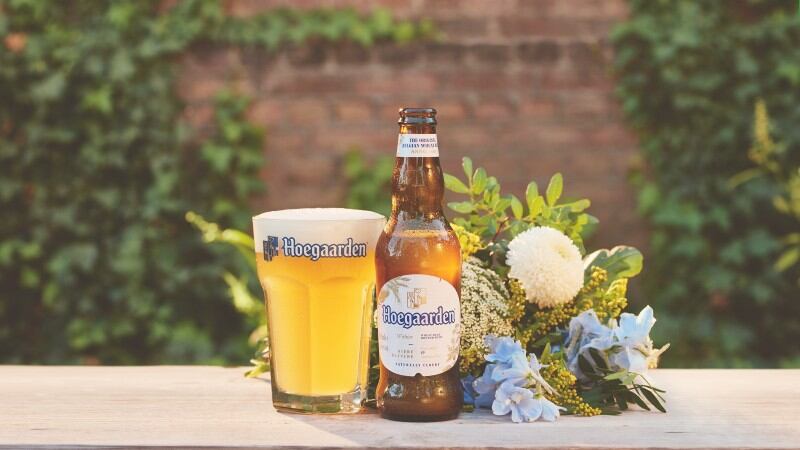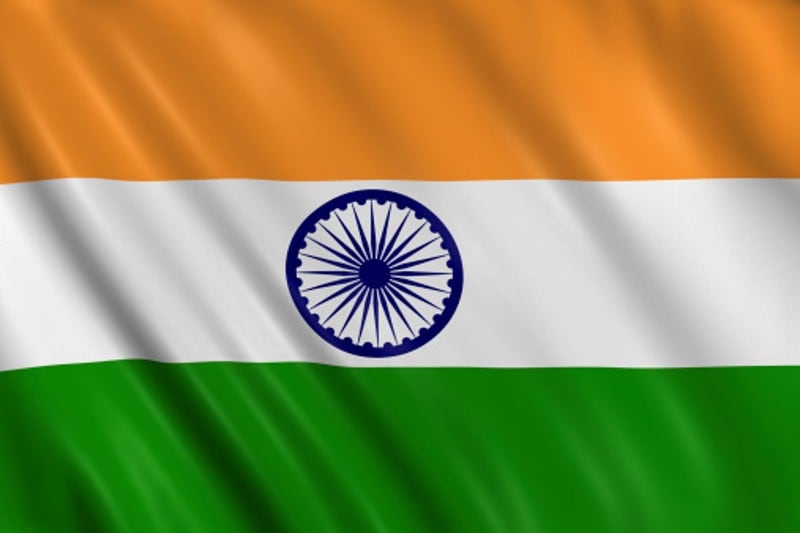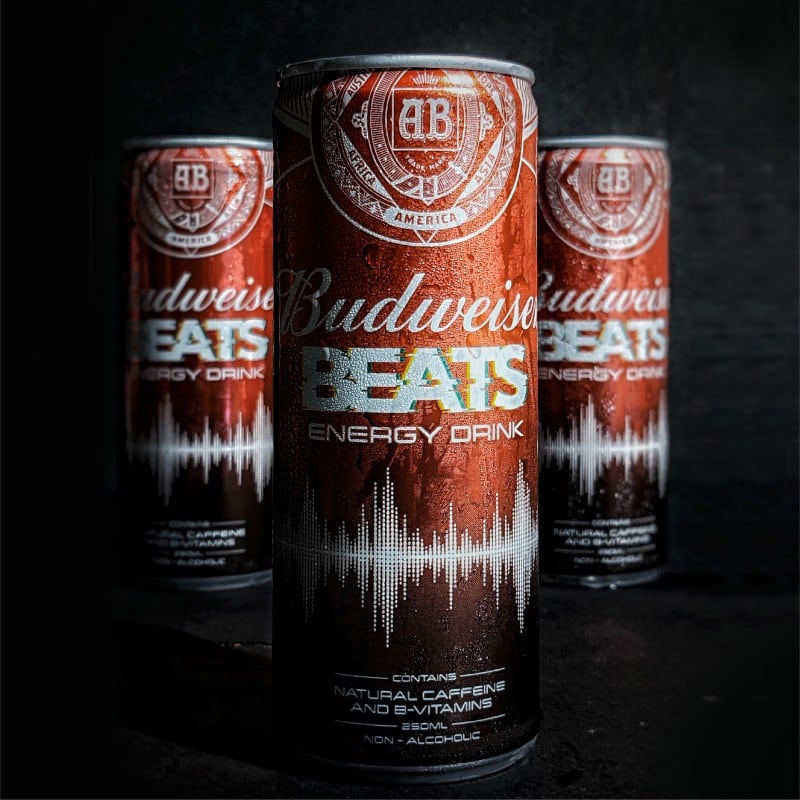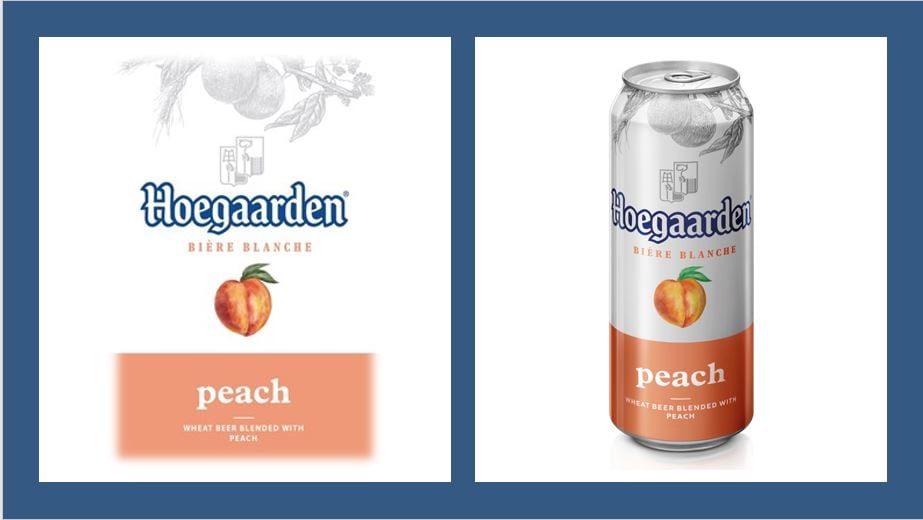With consumers everywhere slowly acclimatising to living in a world with COVID-19, the alcohol sector is also gradually seeing some return to normalcy, as AB InBev President for India and South East Asia Kartikeya Sharma previously told us in Part I of this exclusive interview.
As this transpires, the trends guiding the industry have also experienced some changes to reflect consumer needs in the new normal, with premiumisation and flavour experimentation having emerged as major market drivers.
“Across not just India but also South East Asia, we are seeing that people are increasingly willing to pay more for better quality products, leading to the rise of the premiumisation trend,” Sharma told FoodNavigator-Asia.
“Based on our assessment, many consumers now have more out-of-pocket power due to working from home and reduced social opportunities, and because they’re drinking at home, they’re opting to spend this on drinking better – this is why brands like Corona and Hoegaarden are seeing the success they are seeing now.
“In addition to this, flavour experimentation is also increased a lot more compared to pre-pandemic levels – for example, Hoegaarden being a Belgian beer with coriander and flavours has been popular because of this [as it is different from local beers], and this trend is obvious not just within beer but across many categories in alcohol.”
Sharma also highlighted that finding a good balance between healthier, better-for-you and indulgence needs to be a top priority for beverage firms, both in and out of the alcohol sector, in order to attract and maintain consumer interest.
“The thing is, better-for-you doesn’t necessarily need to mean boring, it should be exciting and there needs to be a balance between being a healthier product and also satisfying that indulgence and taste that consumers demand,” he said.
“If you get the balance right between the product being indulgent but also adding to health by virtue of added ingredients, benefits and so on, we find that consumers are even more willing to experiment with these.
“One of the reasons that this is possible is also of course due to the rise in e-commerce, which has exploded particularly in India – consumers now can sit at home and have so much more choice at their fingertips, so they may not mind perhaps ordering just one single bottle of a certain new beverage with some exciting claims, and if they like it then the brand has a new converted consumer.”
Beyond beer and branding
In response to these trends, AB InBev has launched a number of pilot experimentations with new products, and believes that one of the best ways to quickly make a name for new products is to borrow from existing well-known brands.
“The focus for us to introduce new products is not just to introduce for the sake of it, but to introduce products with something new for consumers, to build a level of differentiation for them versus incumbent choices that will encourage them to trade out from their existing choices,” said Sharma.
“Having a good product is of course crucial, but at the same time the speed of market entry and recognition is also very important, so for some of our new products like the Budweiser Beats energy drink in India, we borrowed equity from our existing Budweiser beer brand to be translated into these new offerings.
“At the same time, we also see the value and opportunities that come with creating new labels, so coming up in 2022 we will be experimenting with newer and newer labels that don’t necessarily come from our beer stable.
“Many of our new products will be looking into the health and value as well as refreshment and indulgence areas, as these are where we see the most value can be added for consumers – so 2022 is going to be a particularly exciting year for our ‘beyond-beer’ portfolio.”
Remaining challenges and outlook
In terms of getting the alcohol sector back to where it was pre-pandemic, Sharma told us that many of the key challenges that are the hardest to solve are in India.
“The first major thing we need to solve is the reversal of the COVID-19 cess on alcohol, as well as to work to ensure that no further new taxes are added to depress demand even more when now is really the time to encourage consumption,” he said.
“And given how e-commerce is such an important trend, there’s also the issue of alcohol not being able to be sold via online platforms in India too – we believe the time has come and it’s a good opportunity for policies to be revamped to allow this in India, as not only does it allow for better quality products to be consumed, it also makes for lesser potential of road accidents and other such issues.”
That said, Sharma also stressed that optimism is on the rise across markets both in India and South East Asia for further recovery and growth.
“In Vietnam for example, there are very high vaccination rates leading to high confidence in consumption and the industry there is coming back slowly but surely to pre-pandemic levels. Some travel is now being allowed, and we don’t know how that will affect cases and the resulting impact on the industry, but for now we’re cautiously optimistic,” he said.
“In Thailand, the government has very progressively more or less reopened its borders which is very good for us as that’s a very key market and tourism will boost the sector there; and in Cambodia there was previously an alcohol ban which has now been lifted.
“Other major markets like the Philippines, Malaysia, Singapore and Indonesia are now slowly opening up and looking very good for the year ahead, so largely speaking, I would say we feel fairly optimistic for the alcohol sector in this region as a whole this year.”





